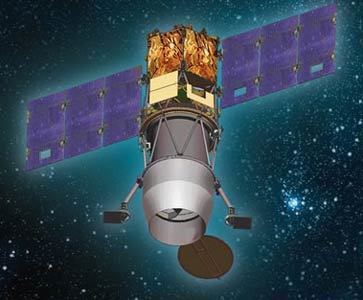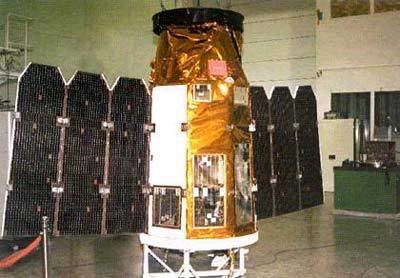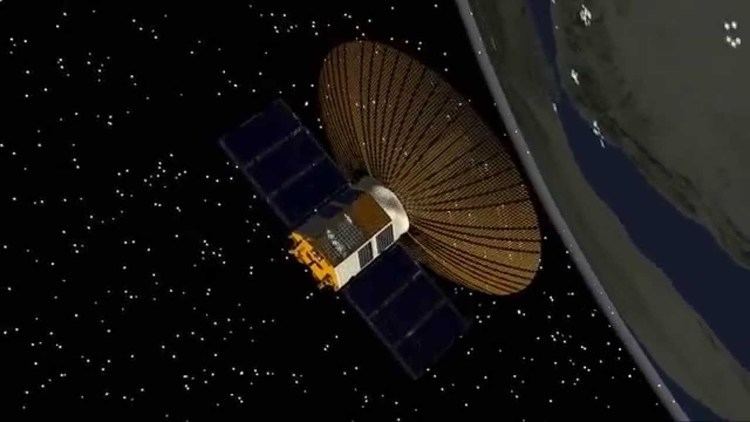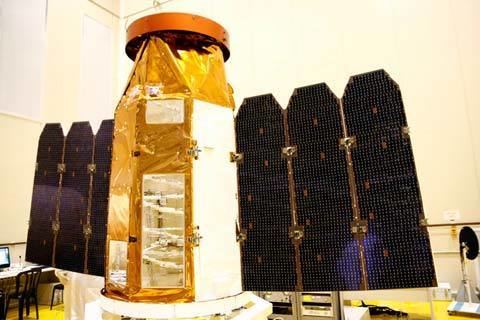Status Active Launched 10 Manufacturer IAI-MBT | Regime Low Earth Built 10 known First launch Ofeq 1, 1988-09-19 Operator Ministry of Defense | |
 | ||
Similar Ofek‑10, TecSAR, Ofek‑11, EROS B, Amos‑6 | ||
Huapango moncayo ofeq
Ofeq, also spelled Offek or Ofek (Hebrew: אופק, lit. Horizon) is the designation of a series of Israeli reconnaissance satellites first launched in 1988. Most Ofeq satellites have been carried on top of Shavit rockets from Palmachim Airbase in Israel, on the Mediterranean coast. The Low Earth Orbit satellites complete one earth orbit every 90 minutes. The satellite launches made Israel only the eighth nation to gain an indigenous launch capability. Both the satellites and the launchers were designed and manufactured by Israel Aerospace Industries (IAI) with Elbit Systems' El-Op division supplying the optical payload.
Contents
- Huapango moncayo ofeq
- Launch of israel shavit 2 rocket carrying ofeq 10
- Description
- Launch history
- References

Launch of israel shavit 2 rocket carrying ofeq 10
Description

While exact technical details and capabilities are classified, it is assumed that the Ofeq satellites have ultraviolet and visible imaging sensors, and an effective operational lifespan of 1–3 years. Some early reports stated the reconnaissance capabilities as such that would allow "reading license plates in Baghdad", but that can be ruled out on grounds of physical optics. Other reports more plausibly place the imaging resolution at 0.8 meters for Ofeq 5.

Most non-Israeli satellites are launched eastward to gain a boost from the Earth's rotational speed. However, Ofeq satellites are launched westward (retrograde orbit) over the Mediterranean to avoid flying over, and dropping spent rocket stages over, populated areas in Israel and neighboring Arab countries. Other Israeli satellites (such as the Amos series) are launched from locations in other countries.

Ofeq's east-to-west orbit of about 141 degrees orbital inclination is phased to give good daylight coverage of the Middle East. Ofeq makes a half-dozen or so daylight passes per day over Israel and the surrounding countries, whereas U.S. and Russian spysats only get one or two passes per day from their higher inclination orbits.
